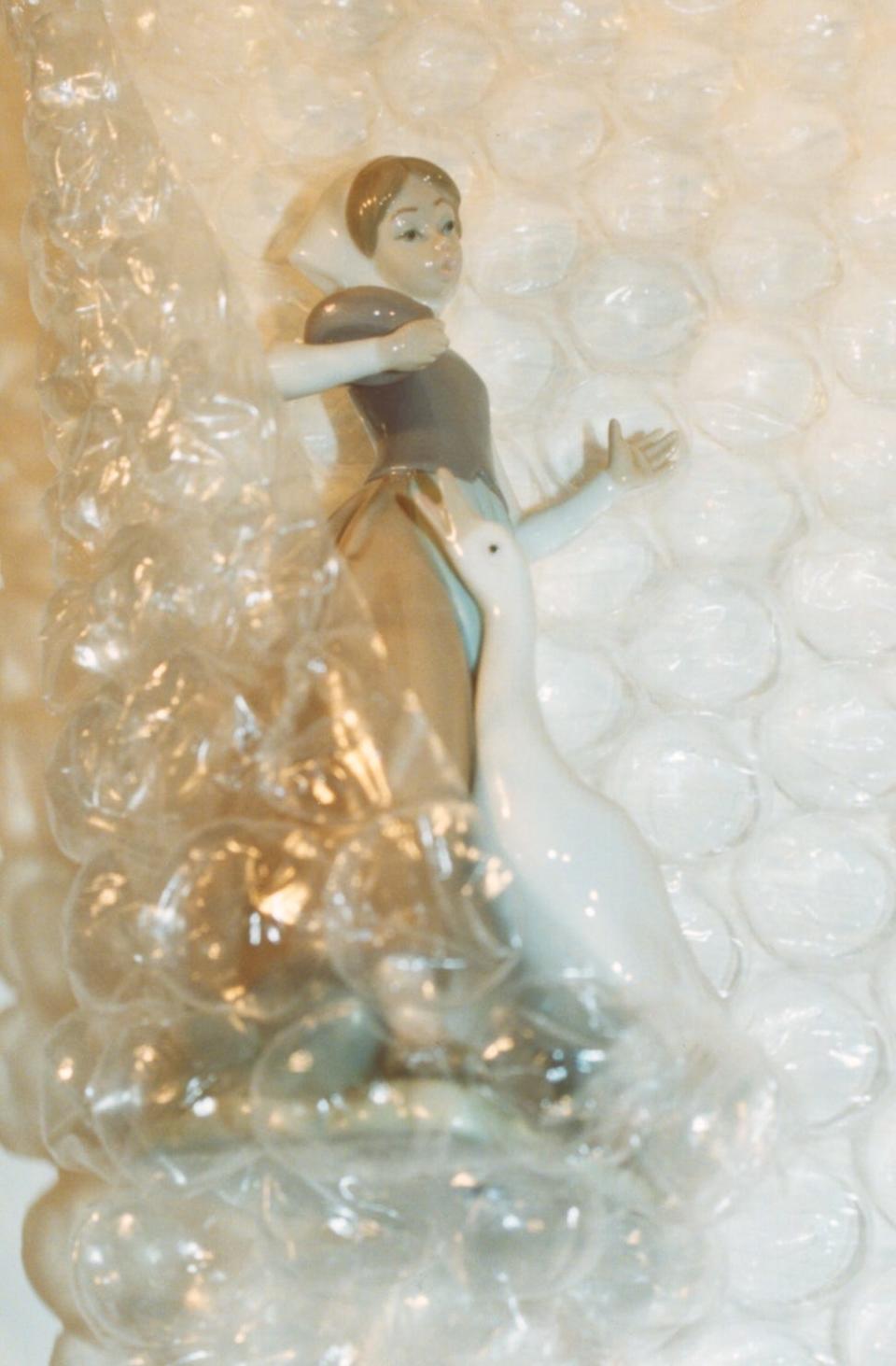Art & Antiques by Dr. Lori: Storage solutions for your vintage stuff

Collectors like to rotate collections with frequency and display their stuff in various parts of one’s homes. Some collectible items only make an appearance at certain times of the year.
Just like there are certain rules for exhibiting objects in museums, there are suggestions as to the correct way to prepare objects for long-term storage. First and foremost, only store clean objects. When it comes to any collectible, clean it first, then store it.
Location, location, location
The location for the storage of collections is vital to their long life and their condition impacts value. Storage areas should have controlled temperature and humidity levels. Since most of us are not in the market for a sophisticated HVAC system like the one the Smithsonian Institute or your local museum uses to maintain storage areas at 70 degrees F and 55% humidity, we can afford to make sensible choices when it comes to art and antique storage.
For instance, an attic that is freezing cold in the winter and burning hot in the summer is not an appropriate place to store your art, antiques or collectibles. The basement, which is commonly damp or even wet during certain times of the year, is not a good solution for storing your stuff either. Any drastic change in temperature or humidity within a storage area can damage your collections to the point of no return.
Once mold grows or heat attacks an object, the game is over. Art and antiques do not fare well in sheds, garages or outbuildings where there is little or no regulated heating or cooling. Simply put, the temperature and humidity in which you feel comfortable is the same climate that is best for your art, antiques and collectibles. Consider storing your collections in a guest room closet or other low-traffic areas on the main floor of your home.
Temperature and humidity need to be constant and remember, art and antiques like to live where you like to live. Sometimes it is best to display your objects and let them enjoy the consistent temperature of your home.
What to avoid
There are certain things to avoid when it comes to storing art and antiques. Some objects need more care than others. Some objects cannot be near other objects. And there are specific objects that need more care than others.
For example, cardboard should be avoided in your storage spaces. It attracts bugs. It is acidic. It can leave stains on fragile art or antiques. Bubble wrap is great for transport but a no-no when it comes to long-term storage. Bubble wrap traps heat and will speed up the deterioration process of your prized possessions. So, don’t use bubble wrap to store your pieces.
You don’t want to wrap and store your valuable Lladro figurines in bubble wrap and then store them away for months. Why? The heat trapped within the bubble wrap over time may damage the hand-painted and glazed porcelain figurine.

Remember, proper storage ensures good condition and condition means value when appraising your collections.
Ph.D. antiques appraiser, author and award-winning media personality Dr. Lori presents antique appraisal events nationwide, appears on the History Channel’s "The Curse of Oak Island" and the new series "Pawn Stars do America." For appraisals, visit www.DrLoriV.com,www.YouTube.com/DrLoriV or call(888) 431-1010.
This article originally appeared on Beaver County Times: Dr. Lori: Storage solutions for your vintage stuff

